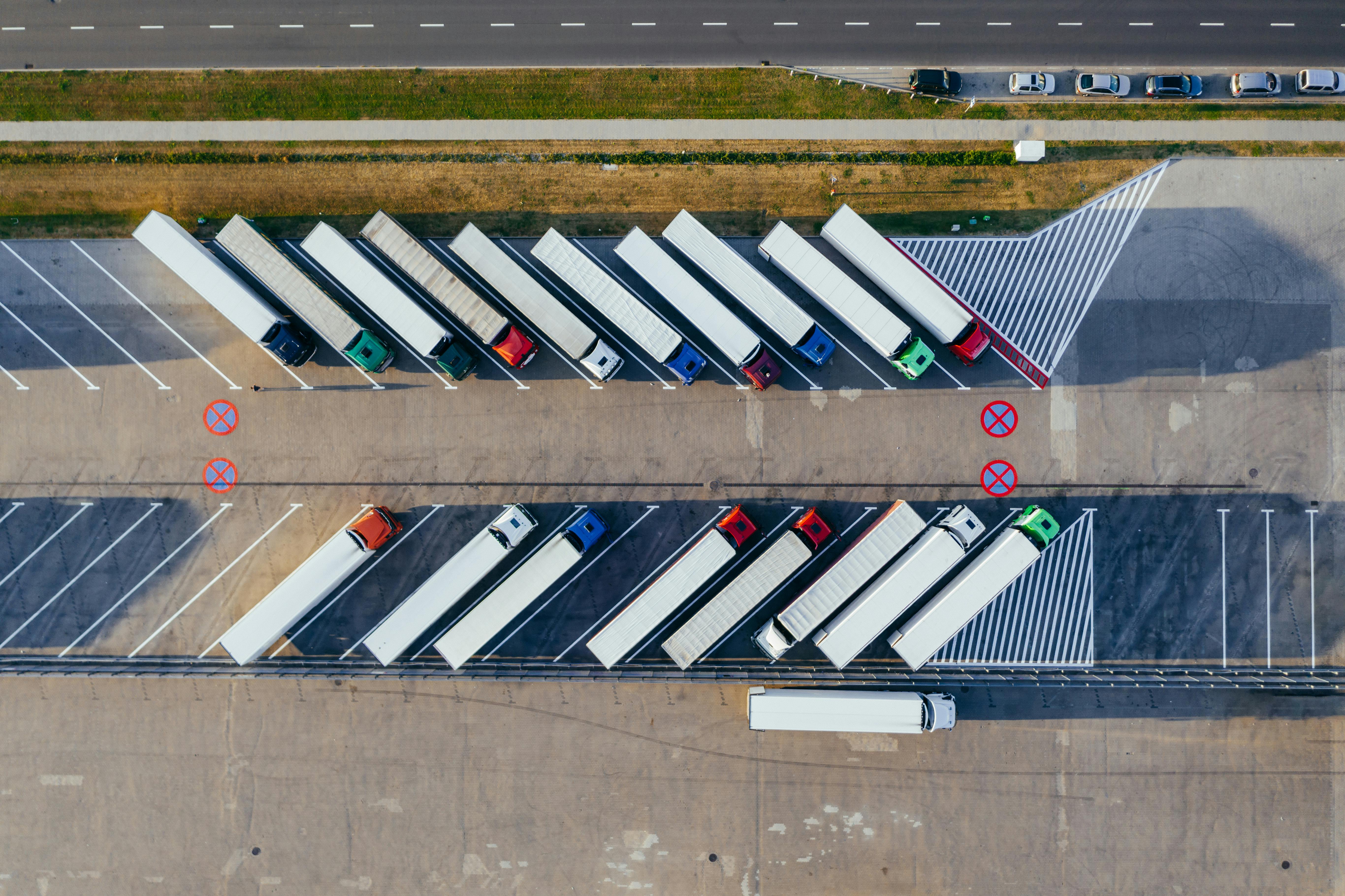It is not a secret that I’m an insurtech enthusiastic; I have shared my view about the need for any insurance player (insurer, reinsurer, distributors, etc.) to become an insurtech-player during the next several years. This will mean: organizations where technology will prevail as the key enabler for the achievement of the strategic goals. It was only 12 months ago when I published my four Ps to assess the potential of each insurtech initiative. My approach is based on four axes related to the fundamentals of the insurance business:
- Productivity: Impact on client acquisition, cross-selling or additional fee collection for services;
- Proximity: What an insurtech approach can do to enlarge the relationship frequency, by creating numerous touch-points during the customer journey — a proven way to increase the customer’s satisfaction;
- Profitability: What can be done to improve the loss ratio or cut costs without an increase in volumes; and
- Persistence: Increasing the renewal rate, and, thus, stabilizing the insurance portfolio.
The insurtech ecosystem has shown terrific growth in the last 20 months, after many VCs complained about the absence of insurtech startups. The updated Venture Scanner’s map shows more than 1,000 initiatives, with more than $17.5 billion invested. The needs for a pragmatic approach, the ability to prioritize the initiatives and a stronger focus on innovation have become more and more relevant. See also: 10 Trends at Heart of Insurtech Revolution I strongly believe in the effectiveness of the aforementioned four axes to evaluate a business. In the last few months, I followed this view to make investment and career choices. Several months ago, I invested in Neosurance, an insurtech startup currently accelerated by Plug & Play in Silicon Valley, and I’m supporting the company as a strategic adviser. This company developed a platform to enable incumbents to sell the right product with the right message at the right time to the right person. By using artificial intelligence, Neosurance aims to become a virtual insurance agent with the ability to learn and improve how it sells. I fell in love with its model because of its productivity angle, the first of the four Ps. Let’s consider all the non-compulsory insurance coverages. The large part of the purchases have been — and still are — centered on a salesman's ability to stimulate awareness and to show a solution. In a world that is getting increasingly more digital and is becoming less about human interaction, I’m skeptical about the ability to cover the risks with the current approaches of online distribution, comparison websites and on-demand apps. All three of these approaches require a rational act and a lot of attention. But many customers look like more to Homer Simpson than to Mr. Spock. Those are the reasons I’m optimistic about Neosurance’s business model. On one hand, its B2B2C model aims to be present where and when it matters most for the customer. And, its “push” approach is able to preserve underwriting discipline, which is the only way to continue in the middle term and distribute a product that keeps a promise to the customers. My investment choice was based on the business model evaluation, the company's pipeline and the quality of its team. I hope to be able make more investments.
- Let’s start with the proximity angle. Insurers have provided telematics-based services that have reinvented a driver's journey. More and more players are focusing on this opportunity to create an ecosystem of partners to deliver their suite of services. Discovery Insure is one of the best at doing this because it is able to reward clients with a free coffee or smoothie for each 100 kilometers they drive without speeding or braking hard. Is there a way for you to be closer to your client?
- The Italian market shows the potential benefits in terms of persistency. There are more than 6.5 million cars with a device connected to an insurance provider in Italy, and the telematics penetration reached 19% in the last three months of 2016. On average, the churn rate on the insurance telematics portfolio is just 11%, which is lower than the 14% churn rate on the non-telematics portfolio.
- Last — but definitely not least — is the profitability side. The Italian telematics portfolio shows a claims frequency that, risk-adjusted, was 20% lower in comparison with the non-telematics portfolio, as I mentioned in a paper last year. The best practices were able to achieve an additional 7% average claims cost reduction by acting as soon as a claim happened and by reconstructing the claims dynamic. These savings let insurers provide an up-front discount to the clients. This makes the product attractive and achieves higher profitability.








